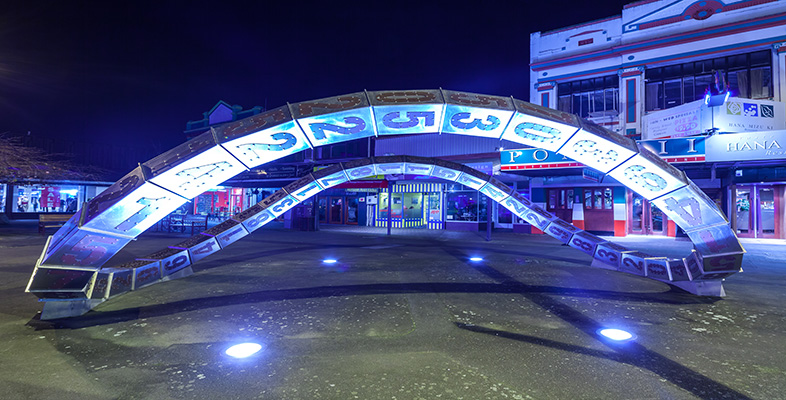2.1 Which units to use
It is important to choose appropriate units, both to have a sense of the size you are talking about and also to avoid having to deal with very large or very small numbers.
For example using the UK decimal system, where £1 = 100p (one pound is equivalent to 100 pence), you would probably use pence for prices less than a pound: 50p rather than £0.50 and pounds for larger amounts, e.g. £2.50 instead of 250p.
For distance, mass and liquid measures, the metric system of units is often used. For example, the distance a cyclist cycles in a day is likely to be given in kilometres (sometimes written as the symbol km), a person’s height in metres (m) and a waist measurement in centimetres (cm). The prefixes ‘kilo’ and ‘centi’, together with ‘deci’ and ‘milli’, are used throughout the metric system. Some common prefixes are shown in Table 1.
| Prefix | Symbol | Meaning | Factor |
|---|---|---|---|
| micro- | μ | one millionth | 0.000001 |
| milli- | m | one thousandth | 0.001 |
| centi- | c | one hundredth | 0.01 |
| deci- | d | one tenth | 0.1 |
| kilo- | k | thousand | 1000 |
| mega- | M | million | 1 000 000 |
| giga- | G | thousand million | 1 000 000 000 |
So 1 centimetre = metre or 1 cm = m.
This is the same as saying there are 100 centimetres in 1 metre or 100 cm = 1 m.
For mass, kilograms (kg), grams (g) or milligrams (mg) are usually used and a metric tonne is used for very large masses (1000 kg). The word ‘mass’ is scientifically more precise than ‘weight’, although people usually talk about weight rather than mass. For liquid capacity, litres (l), decilitres (dl), centilitres (cl) or millilitres (ml) are used.
